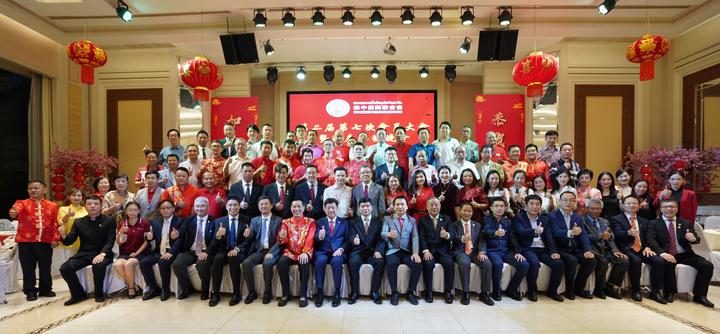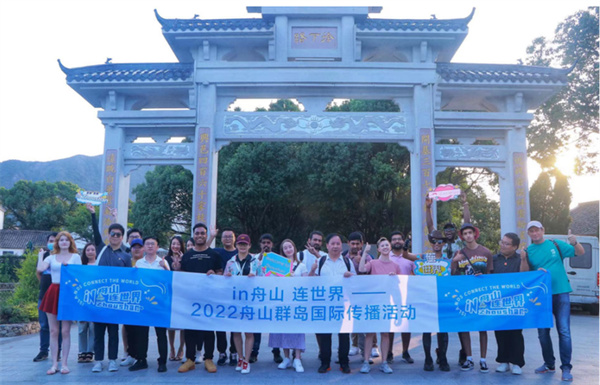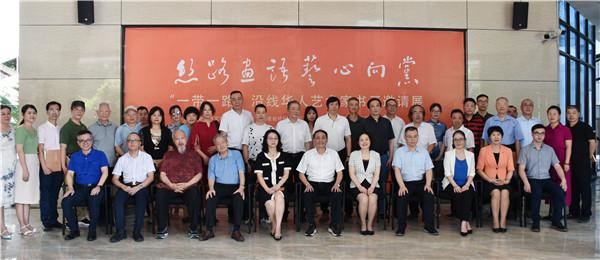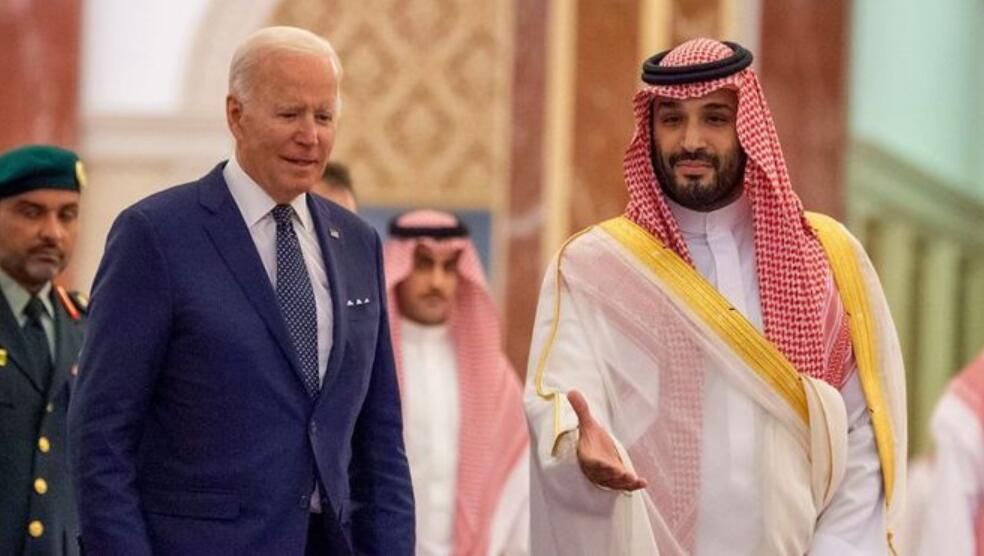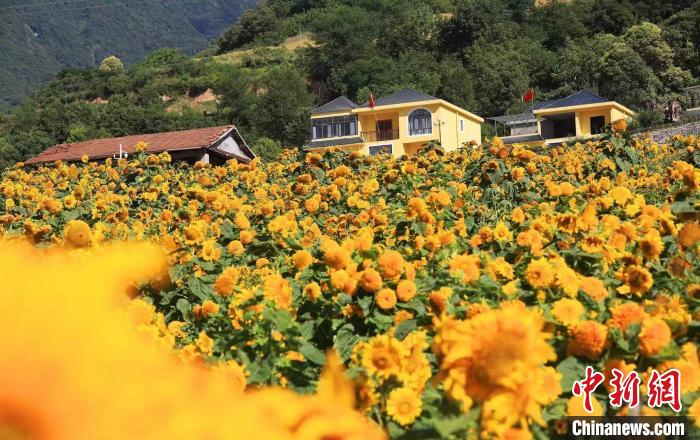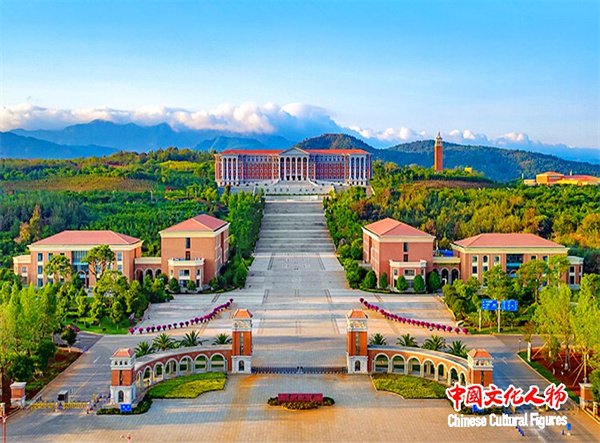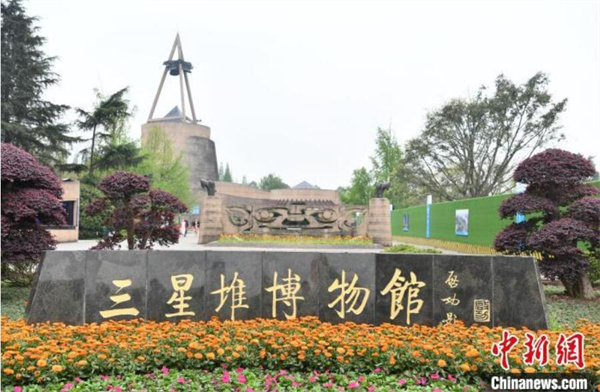Chinese President Xi Jinping"s whirlwind visit to neighboring Vietnam and Singapore last week has drawn worldwide attention. While his meeting with Taiwan leader Ma Ying-jeou made headlines, the three-day tour achieved many other remarkable results. It was Xi"s first visit to the two key ASEAN countries since he became China"s top leader and his second Southeast Asia visit in two years. The outcomes are significant not only for China"s relations with the two nations, but also for regional stability and prosperity. STRENGTHENING BILATERAL TIES "Vietnam and Singapore play very important roles in the ASEAN," said Su Xiaohui, a researcher with the China Institute of International Studies. "The most significant results of the visit are improvements to bilateral relations." As two socialist states linked by mountains and rivers, China and Vietnam have long had a special relationship. Xi"s visit to Vietnam on Thursday and Friday was the first by a top leader of the Communist Party of China and head of state in about nine years, crowning the frequent high-level contacts between the two sides in the past year. The party-to-party relationship is of special significance in China-Vietnam ties, Su said, noting that the two sides have tried to address some issues through the party-to-party channel. During a one-and-a-half-day stay in Hanoi, Xi exchanged views with several senior leaders of the Communist Party of Vietnam and the country on bilateral ties and major regional issues. The two sides reached consensus on pragmatic cooperation, partly embodied in a joint communique, on party-to-party exchanges, defense and security coordination, alignment of development strategies and people-to-people exchanges. China and Singapore have also enjoyed a special relationship since they established diplomatic ties in 1990. Their first two government-to-government (G-to-G) projects -- the Suzhou Industrial Park established in 1994 in east China"s Jiangsu Province and the Tianjin Eco-city inaugurated in 2008 in north China"s port city of Tianjin -- have been standard-bearers for China"s opening up to the outside world and the transformation of China"s economy. During Xi"s visit on Friday and Saturday, the sides agreed to designate Chongqing, a sprawling metropolis in southwestern China, as the site of their third G-to-G project. Su said that in addition to such economic ties, the two countries will coordinate more in security, maritime and other issues. PROMOTING BELT AND ROAD Following the announcement of the Silk Road Economic Belt in Kazakhstan in September 2013, Xi unveiled the 21st Century Maritime Silk Road initiative to strengthen regional infrastructure and trade with ASEAN countries during his visit to Southeast Asia in October 2013. More than 60 countries and international organizations have expressed interest in being involved in the Belt and Road Initiative, and a number of major bilateral and multilateral projects are under way. Xi"s visit last week, which resulted in a number of economic cooperation deals, will further implementation of the Belt and Road Initiative, according to Su. China and Vietnam signed an agreement on studying the feasibility of a railway program connecting Hanoi-Lao Cai-Hai Phong in northern Vietnam, enhancing their contact on infrastructure cooperation projects as they have called for an alignment between the Belt and Road Initiative and Vietnam"s Two Corridors and One Economic Circle plan. Based on sophisticated interconnections and the modern service economy, the new G-to-G project in Chongqing will also serve the needs of the Belt and Road. China and Singapore also agreed to "explore modes of cooperation between the two countries" enterprises in a third market within the framework of the Belt and Road, and work toward the early establishment and operation of the Asian Infrastructure Investment Bank. In an address at the National University of Singapore on Saturday, Xi said China"s neighboring countries are the primary partners under the Belt and Road Initiative and should be the first to enjoy its benefits. "The status of neighboring countries, especially ASEAN members, has obviously improved in China"s diplomacy layout in recent years," Su said, stressing a stable peripheral environment is very significant for China. People-to-people contacts were also highlighted during the visit, she added. "China wants a more solid public foundation for its projects with the two countries." CLARIFY STANCE ON SOUTH CHINA SEA The visit came amid instability in the South China Sea, with Vietnam engaged in dispute with China on maritime issues. In Hanoi, Xi reiterated China"s stance on the disputes, urging the two sides to properly manage and control differences. Both countries agreed to launch a joint survey of the waters outside the mouth of the Beibu Gulf in December, marking the start of further maritime cooperation between them. In Singapore, Xi stressed that the freedom of navigation and overflight in the South China Sea neither has been nor will be hindered. "Peace and stability are both the starting points and the objectives of China"s South China Sea policy," Xi said, noting China is "fully capable of and confident" in working with ASEAN members to maintain peace and stability in the region. China hopes Singapore, which took the rotating seat as coordinator for China-ASEAN relations in August, will be dedicated to safeguarding peace and stability in the South China Sea. "It showed again that China sticks to the "dual-track" policy," said Su, referring to a policy under which disputes should be addressed by parties directly concerned through friendly consultation and negotiation, while overall peace and stability in the region should be safeguarded by China and ASEAN members together.
|


